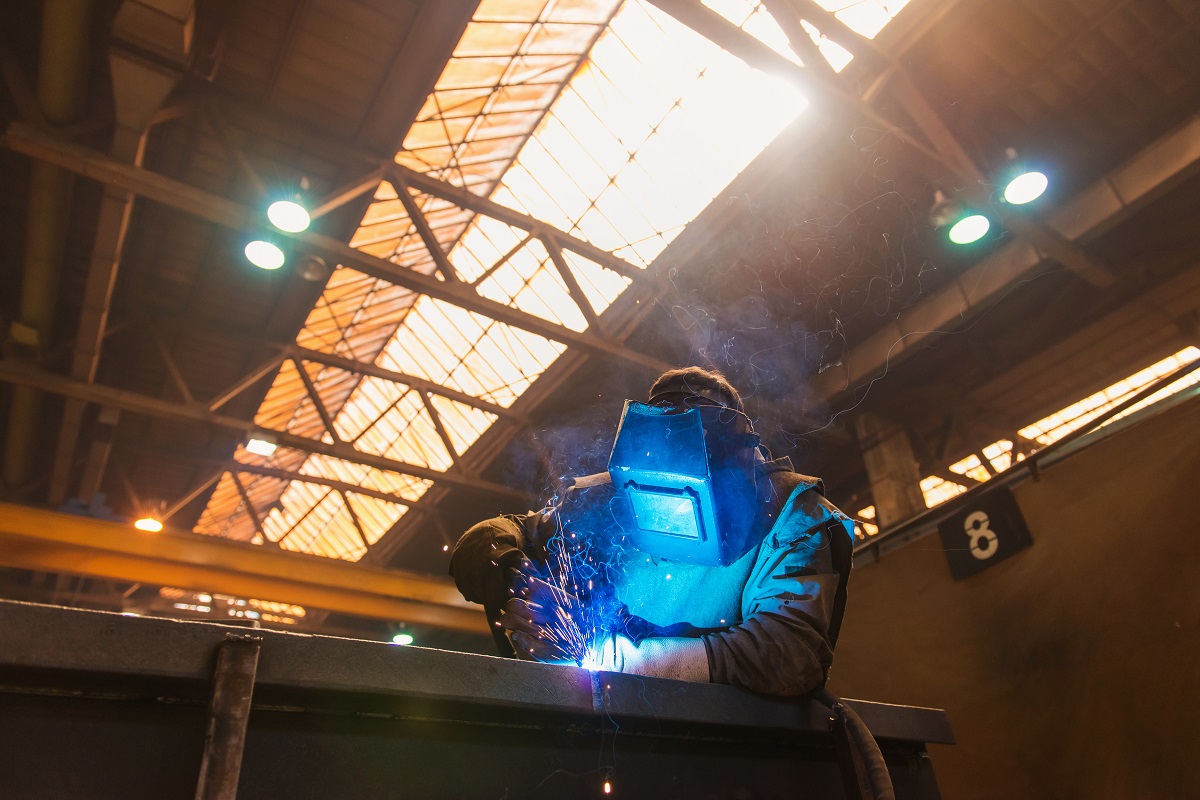Preventing Weld Undercut: Proven Approaches Every Welder Must Know
Preventing Weld Undercut: Proven Approaches Every Welder Must Know
Blog Article
Vital Tips for Welders: Preventing Undercut Welding and Ensuring Stronger Weld Joints
In the realm of welding, achieving sturdy and strong weld joints is the foundation of creating top quality job. One common obstacle that welders commonly experience is undercut welding, which can endanger the honesty of the weld joint.

Understanding Undercut Welding
Undercut welding is an usual welding defect that occurs when the weld steel stops working to properly fill the groove and leads to a groove-like anxiety along the weld grain. This issue weakens the weld joint, making it vulnerable to cracking and failing under anxiety. Undercutting can be caused by different elements, including excessive welding existing, high welding speed, incorrect electrode angle, incorrect electrode dimension, and bad welding strategy.
Among the main reasons for undercut welding is an inequality in between the welding existing and the welding speed. If the welding current is expensive or the welding speed is also quick, the weld metal may not sufficiently fill up the groove, resulting in undercutting. Additionally, using an electrode that is also huge can cause a similar outcome, as the excess metal can not correctly flow into the groove.
To avoid undercut welding, welders ought to ensure they are using the correct welding parameters, keep an appropriate electrode angle, select the ideal electrode dimension, and method proper welding strategies. By addressing these aspects, welders can lessen the danger of undercutting and create more powerful, extra dependable weld joints.
Proper Welding Method
Effective welding strategy plays a critical role in making certain the top quality and integrity of weld joints. One essential facet of correct welding technique is maintaining the right angle and distance in between the welding gun and the work surface.
Additionally, a consistent and stable hand activity is crucial for producing solid and resilient weld joints. Welders need to aim for smooth, uniform movements to guarantee even circulation of the weld material. Correct adjustment of the welding gun and filler product is likewise crucial to accomplishing ideal penetration and combination.
Moreover, managing the warmth input and choosing the proper welding specifications based upon the material being welded are critical consider accomplishing premium welds - Preventing weld undercut. Welders should follow the advised settings supplied by welding treatment specifications and adjust them as needed based upon the certain needs of the job. By mastering correct welding techniques, welders can considerably boost the stamina and dependability of their weld joints
Selecting the Right Electrode
Preserving the proper angle and distance in between the welding weapon and the work surface is essential when thinking about the value of choosing the right electrode in welding applications. The selection of electrode plays an essential function in identifying the top quality and strength of the weld joint. Electrodes come in different kinds, each made for particular objectives and materials.
To these details start with, choosing the appropriate electrode size is crucial. Thinner electrodes appropriate for welding slim materials, while thicker electrodes are much better for thicker materials and higher warmth applications. Matching the electrode size to the density of the work surface assists attain a well balanced weld.
Secondly, understanding the product structure of the electrode is important. Different electrodes are designed for welding particular products like steel, stainless steel, light weight aluminum, or cast iron. Using the right electrode material ensures good blend and reduces the threat of defects in the weld.
Last but not least, thinking about the welding placement and strategy is crucial when choosing the electrode type. Certain electrodes are much better matched for vertical or overhead welding placements, while others function well for flat or straight positions. Choosing the right electrode based upon the welding method boosts the total weld high quality and integrity.
Preparing the Base Steel
To ensure a successful welding process, what preliminary steps should be taken when preparing the base metal for welding? In addition, any existing weld material or deposit from previous welding should be eliminated to make sure a clean surface area for the brand-new weld.

Conducting Post-Weld Inspections

After conducting these analyses, welders must contrast the outcomes versus market standards and task demands to make certain that the weld joint satisfies all essential requirements. Any discrepancies or inadequacies uncovered throughout the post-weld examination must be without delay dealt with via suitable corrective steps to ensure the weld's stability. By diligently performing post-weld examinations and immediately addressing any kind of problems, welders can promote the top quality and dependability of page their work, ultimately adding to the safety and durability of the bonded structures.
Final Thought

To conclude, avoiding undercut go to my blog welding and making certain stronger weld joints call for a mix of proper welding technique, picking the ideal electrode, preparing the base metal correctly, and conducting post-weld inspections. By understanding the reasons of undercut welding and executing the needed preventative measures, welders can produce premium weld joints that meet sector standards and make certain the architectural honesty of the welded parts.
Undercut welding is a typical welding problem that occurs when the weld metal falls short to properly fill the groove and results in a groove-like clinical depression along the weld bead (Preventing weld undercut). Undercutting can be caused by various factors, including extreme welding present, high welding speed, incorrect electrode angle, wrong electrode size, and poor welding strategy
One of the main factors for undercut welding is an imbalance between the welding present and the welding rate. If the welding current is as well high or the welding speed is as well fast, the weld steel may not appropriately load the groove, leading to damaging.Maintaining the correct angle and range between the welding weapon and the workpiece is essential when thinking about the value of selecting the best electrode in welding applications.
Report this page